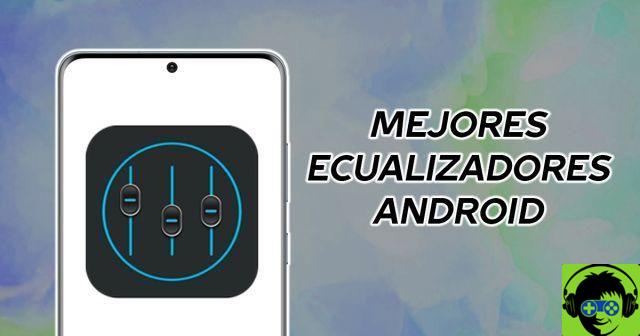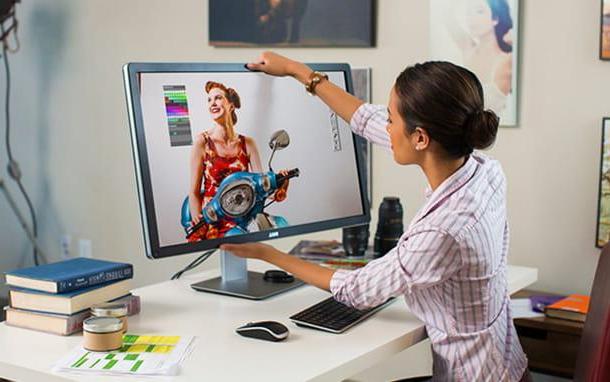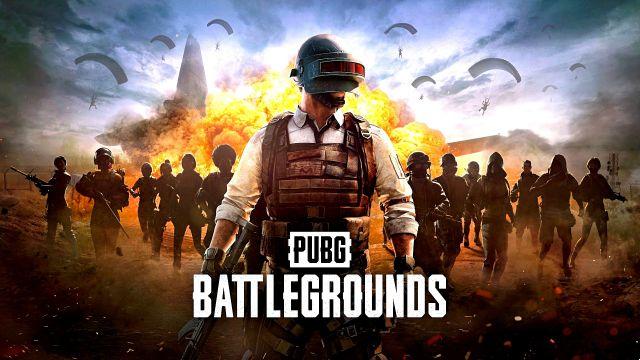You have always been fascinated by Polaroid and "instant photography", but you have noticed that, with the passage of time and the arrival of digital cameras, this fashion - and with it your passion - has gradually disappeared. But now there has been a great return of the instant cameras and on the market there are several models of "instant cameras", to put it in English, which are worth trying.
An instant camera, in fact, is capable of printing the photo immediately, almost immediately as soon as the shutter button is pressed. There are different types of instant cameras, however the approach is always the same: you take the picture, wait a while and, automatically, the shot is imprinted on a specific sheet of paper, or film, using chemical processes. . No more laptops or big printers in tow, all the work is done by the same camera.
However, you should not expect the typical quality of today's professional or semi-professional cameras: instant cameras are born more for fun than for the artistic development of a photograph, however it is possible to play with the various features and shooting modes present to get shots. valuable. At parties, for example, they are the best, and offer the possibility of viewing the photographs already printed and ready to be displayed in an album or shared with friends. So, what do you think? Would you like to find out what the best instant cameras of the moment and try one? Yup? Perfect. Then you are satisfied.
Index
How to choose an instant camera
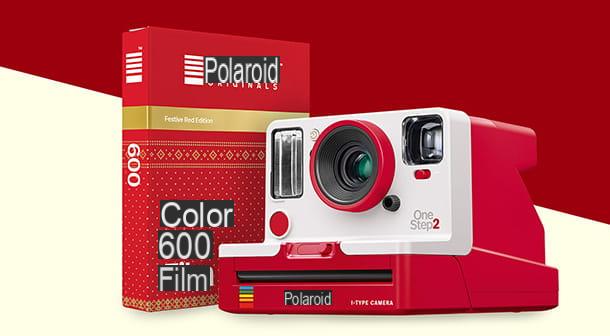
To find out what the best instant camera for your needs, you must learn to "read" the characteristics of this type of device; then ban the chatter and immediately discover all the parameters to be taken into consideration.
Analogue or digital
First of all, it must be said that instant cameras are divided into two big strains: the analog instant cameras and digital instant cameras. As you can well imagine, each type has its advantages and disadvantages.
Le analog instant cameras they use a roll with a self-developing film, often referred to as Polaroid in honor of the first instant cameras of the 40s. When this type of film is exposed to light (in the fraction of a second in which the shot is taken), a chemical reaction is created that composes the image portrayed in the frame. These instant cameras are the best in terms of shooting quality, but it can be a bit more complicated to shoot because you have to manage the exposure well (often however it can be set automatically). In fact, if you take the wrong shot, you risk burning the image without being able to restore it in any way.

Le digital instant cameras instead they are easier to use and manage, and work as if they were a small digital compact with an integrated printer always in tow. Once you have taken a photograph, in fact, you can even save it on a microSD or share it with your smartphone. Digital instant cameras are often much more comprehensive in terms of functionality, however image quality is generally lower than analogue cameras due to the effectiveness of the small integrated printer. This type of camera prints with ink or with a defined thermal technology Zinc. The latter system is by far preferred in the models of the latest generations.
Image quality
In a photograph the image quality is the main approval rating. Everyone likes sharp photographs, made with a beautiful composition and impact on the chromatic plane. I have already told you about image quality in relation to analog and digital cameras, and clearly for each type there are different considerations to make. As I have already told you in the presentation phase, however, in an instant camera the quality of the photos is never flawless.
Definition
In digital models the definition of photography can indicate two factors: first of all there is that guaranteed by sensor built-in image, just like in a traditional digital camera. The sensor supports one resolution, defined in Megapixels, which represents the subdivision into points of the image collected by the lens and present in the frame. A higher resolution does not always correspond to a better image, as the quality of the sensor and the purity of the lens can have a greater impact in this area.

In addition, in digital instant cameras, the image can be saved to a microSD or shared via smartphone, while maintaining the qualities of the original shot. If, on the other hand, you decide to print it instantly, even the film quality or of paper and format can affect the definition of the shot on paper. The printer and printing technology used also play an important role, which in instant cameras are never of great value.
As for the definition in the analog models, the variables are fewer, and it is also for this reason that the final quality is often (but not always) better. In this case, the instant film, which collects the light that passes through the lens and - through the chemical reactions I mentioned above - transforms it into a digital image based on the shot at the moment of the shot. The quality of the paper and the lens, in this case, are the most important variables in defining the shot taken.
Target
THEobiettivo represents a fundamental part for every type of instant camera. Since the quality of the photos is a marginal factor on a device of this type, the manufacturers do not release many indications on the same. However, many aspects depend on the lens that will twist in the final shot: first of all the amount of light impressed in the photo, which may depend on thefocal opening of the same. This value is indicated in f-stop, with for example the inscription f / 2. The lower the number, the wider the aperture and therefore the greater the amount of light that can pass through.
Le instant cameras they can also have zoom and modalities macro, for example, but in these cases it is a digital processing and not the actual contribution of an objective of the type indicated.
Paper, film and formats
But where do the photos taken with an instant camera go? The answer is: it depends! One is used with analog instant cameras self-developing film, while with analog models a kind of chemical paper. In the first case, the film will come out of the empty camera and the shot will be composed over the next few seconds and minutes. Better photo development is guaranteed in dark environments.

In the case of digital instant cameras, however, the photo will come out of the camera ready for use! This is because there is a built-in printer that takes care of the operation. In both cases, chemical reactions between light and film (analog) or heat and paper (digital) are exploited, so it is not necessary to buy ink or cartridges of various types. Instead, it is necessary to change the paper or films, since those wear out every time you "churn out" a photograph.
Each instant camera can support films or carte characterized by a format very specific: there are compact formats, often called Mini, or medium and larger ones. Depending on the size of the format, of course, the camera itself will be more or less large and manageable. Usually instant cameras that support the largest formats are also the most expensive.
Other characteristics
Instant cameras, especially digital ones, can have a : often those that have it allow you to decide whether to print a photo only after accepting the preview on the display. This is a nice saving option, as it allows you to avoid wasting paper if the photo did not turn out as expected. Other cameras, even analog ones, may have a information display, often monochrome, indicating any settings.
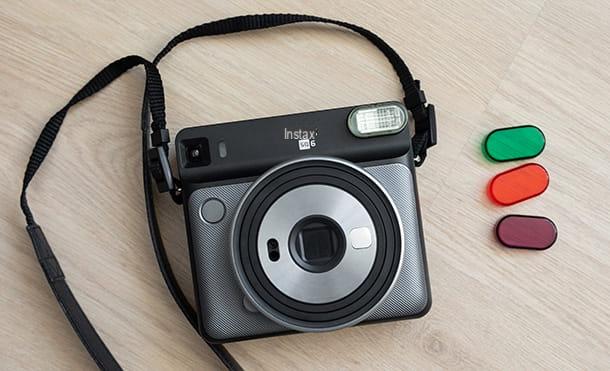
Also consider the support ofautomatic exposure, an option that sets shooting settings so photos are not burned. Some models may also have a flash, which allows you to maintain good shooting quality even if the ambient light is not optimal, while digital models may have microSD slot, to save all photos to a memory card and keep them on site, or record video. Some templates also allow you to print a specific frame of the video, so you can choose the best time.
Furthermore, the cost paper or film, which can vary a lot not only based on format, but also based on the chosen camera model. Some models may also have one mirror for self-portraits, or rather i Selfie, and also consider the system of supply: cameras with lithium batteries are more comfortable, and not those with alkaline batteries.
Which instant cameras to buy
If you now have a clearer idea of what could be the best instant camera according to your tastes, you can move on to the list of products I have prepared for you below. Here you will find the best instant cameras present on the market today, starting from the cheapest models up to the models with the best features.
Best cheap instant cameras (under $ 100)
Polaroid Now

Polaroid Now it is one of the best instant cameras currently in the catalog of the historic American brand, as well as one of the most convincing in general as regards the quality-price ratio. Obviously, it is an analog point-and-shoot capable of directly imprinting photos on paper: in this regard, it is worth mentioning the compatibility with i-type and 600 films. One of its peculiar characteristics is autofocus support, which allows you to capture every moment clearly and with sharp and vivid colors. Through double exposure it also allows you to combine two different shots in a single image; it also allows you to take beautiful selfies. Finally, the flash cannot be missing, to capture any scene in a more natural way. The maximum supported focal distance is 102.35 mm. The built-in battery is sufficient for 15 film packs. Polaroid Now is available in various colors and measures only 11.2 x 9.4 x 15 cm. You can buy the product on Nital.
Vedi offers your AmazonFujifilm Instax Mini 9 e 11
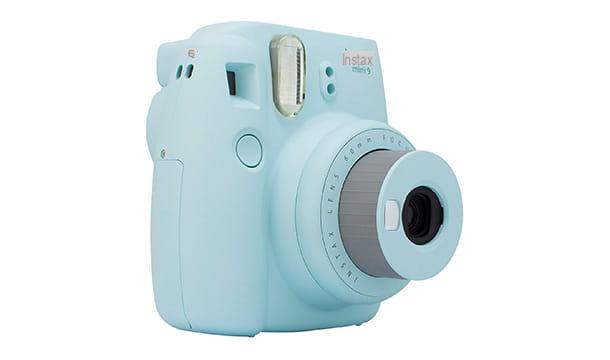
La Fujifilm Instax Mini 9 is one of the cheapest analog instant cameras you can find on the market today, and also one of the most popular. It prints photos in the Instax Mini size, equal to 62 × 46 mm, and can automatically manage the exposure of the shot. It also has a mirror and macro lens for selfies, runs on two AA batteries and has a viewfinder, to check the shot, but not a display.
La Fujifilm Instax Mini 11 instead it is the direct evolution of the previous machine. Always remaining very economical, it is designed for a completely different audience and designed for those who love to take selfies, with the special mode that indicates the right extension of the lens to perfectly frame the subjects. For the rest, apart from some changes in the design that makes it more compact, it is identical to the old model that remains an "evergreen" when it comes to instant cameras (and offers a greater variety of colors).
See offer on Amazon See offer on AmazonFujifilm Instax Square SQ6
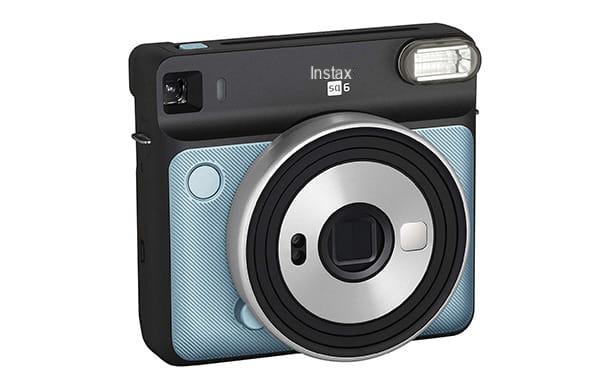
La Fujifilm Instax Square SQ6 it is available in different colors and uses the Instax Square format, with dimensions equal to 62x62mm. Again this is an analog camera, and we have both automatic exposure control and a built-in flash. The display is informative only, and among the shooting modes included we have selfie, double exposure, macro and landscape. In the original package there are also three filters to change the flash color and add creativity to the shot.
Kodak Printomatic

La Kodak Printomatic is another very popular model: it is a digital instant camera with a 10MP sensor and a fairly bright f / 2 lens. Print in both color and black and white in the 5 × 7.6cm format with Zink-type photo papers. Sold in different color variations, this model features a microSD slot and built-in flash.
Canon Zoemini C
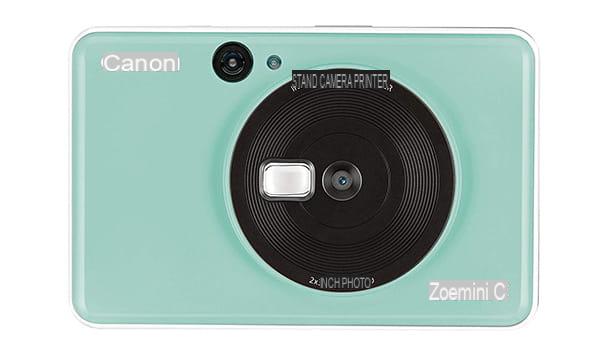
La Canon Zoemini C looks like a standard compact camera, but instead integrates a printer. It is an instant digital camera with a 5 Megapixel sensor, integrated printer and the possibility of printing through Zink technology. It also has a slot for the microSD, while the size of the photographs is 5,1 × 7,6cm with the possibility of buying adhesive sheets.
Best mid-range instant cameras (up to € 150)
Fujifilm Instax Mini 90 Neo Classic
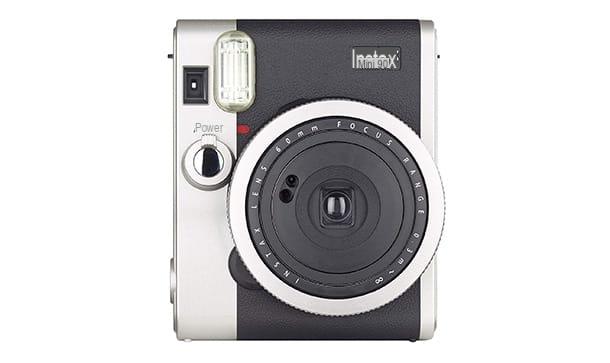
Another famous model that I can not recommend, the Fujifilm Instax Mini 90 Neo Classic which is characterized by its vintage look and appeals to nostalgics. It uses the Mini format, therefore 62x46mm sheets, and uses a two-lens lens with a focal length of 60mm equivalent. The aperture is f / 12.7 and there is no lack of automatic exposure control. The flash is integrated into the body, and there is also a display that shows some options active (or not) in real time.
Fujifilm Instax Mini LiPlay

This model has a peculiar feature. There Fujifilm Instax Mini LiPlay is a digital instant camera that allows you to record 10 seconds of audio and listen to it again through the printed photo. How? The system prints, together with the shot, also a QR Code which, scanned with the dedicated app, reproduces the sound of the recording. Thanks to the Hybrid function, this camera also allows you to shoot and print only after editing with different creative filters. It has Bluetooth and is the smallest of the Instax. It also prints in the 62x46mm format (Instax Mini).
Polaroid 9010 OneStep + i-Type

Another analog instant camera. There Polaroid 9010 OneStep + i-Type offers an autonomy of 60 days, a built-in flash and built-in self-timer mode. It can be connected to an app via Bluetooth, although it is not a digital model, and offers the ability to take double exposure shots, other creative effects and the ability to shoot completely manually. This model, then, has a focal length of the lens of 89mm equivalent in the 35mm format. Polaroid sells both color and black and white films for this model, in the 7,9 × 7,9cm format.
Kodak Smile

Another popular instant camera from Kodak is the Kodak Smile, with 10 Megapixel digital sensor and integrated Zink printer in the 5 × 7.6cm format. It is characterized by its compact size and the availability of various colors, as well as by the refined and recognizable design. This model also boasts a display where you can preview the shot and can be managed via the side control panel.
Polaroid POP 2.0

The latest model of this range that I propose is the Polaroid POP 2.0, a digital instant camera with a 3.97 ″ touch-screen display, the ability to record videos in Full HD and Wi-Fi connectivity. It is among the most complete and easy-to-use instant cameras available today, and features a 20 Megapixel sensor. The printer uses Zink technology to print without ink, and the photos taken can be processed with the smartphone thanks to the dedicated app. This model uses paper in the 8,9 × 10,8cm format, for large photos for the canons of the category. The top for this range.
Best high-end instant cameras (over $ 150)
Kodak Smile Classic

This vintage-flavored camera, the Kodak Smile Classic, is an instant digital camera with a 16 Megapixel sensor and the possibility of printing on large paper (8,9 × 10,8cm). It has several features, also thanks to the support of Bluetooth connectivity with the smartphone, with which it is possible to acquire, edit and then decide whether to print the photos. The flash is integrated, the viewfinder is optical and printing is done through Zink technology.
Fujifilm Instax Square SQ20

Another Instax camera with square format, equal to 62x62mm. Just like some of the other Instax models, it uses the digital approach and features a display that offers the ability to record video for up to 15 seconds, so you can retrieve the best frame, edit and print it. There Fujifilm Instax Square SQ20 it also features a digital zoom of up to 4x and integrates a microSD slot to save photos and videos. Do not miss the mirror for selfies, and there is also the mode to make collages with the camera. The flash is built-in.
Polaroid Snap Touch e Snap Touch 2.0

This roundup of machines closes with the Polaroid Snap Touch, a hugely popular instant camera, also with a digital sensor and built-in Zink printer. The sensor, in particular, is 13 Megapixel and also allows you to record videos at Full HD resolution. Obviously, the microSD slot is not missing, and there is also the display to have a preview of the shot. The Snap Touch is one of the most complete instant cameras on the market, and prints in the 5 × 7,6cm format. It is also available in different colors. The flash is built in.
I also quote you there Polaroid Snap Touch 2.0 direct evolution of the first machine. The quality of the photographs is the same, while only the position of the shutter button and some features on the software side changes. The cost varies by a few tens of euros from the previous model, but it is often possible to find it at a lower price than the first. The best if you don't want to spare any expense.
Vedi offers your AmazonArticle created in collaboration with Nital.
Best Instant Cameras: Buying Guide






